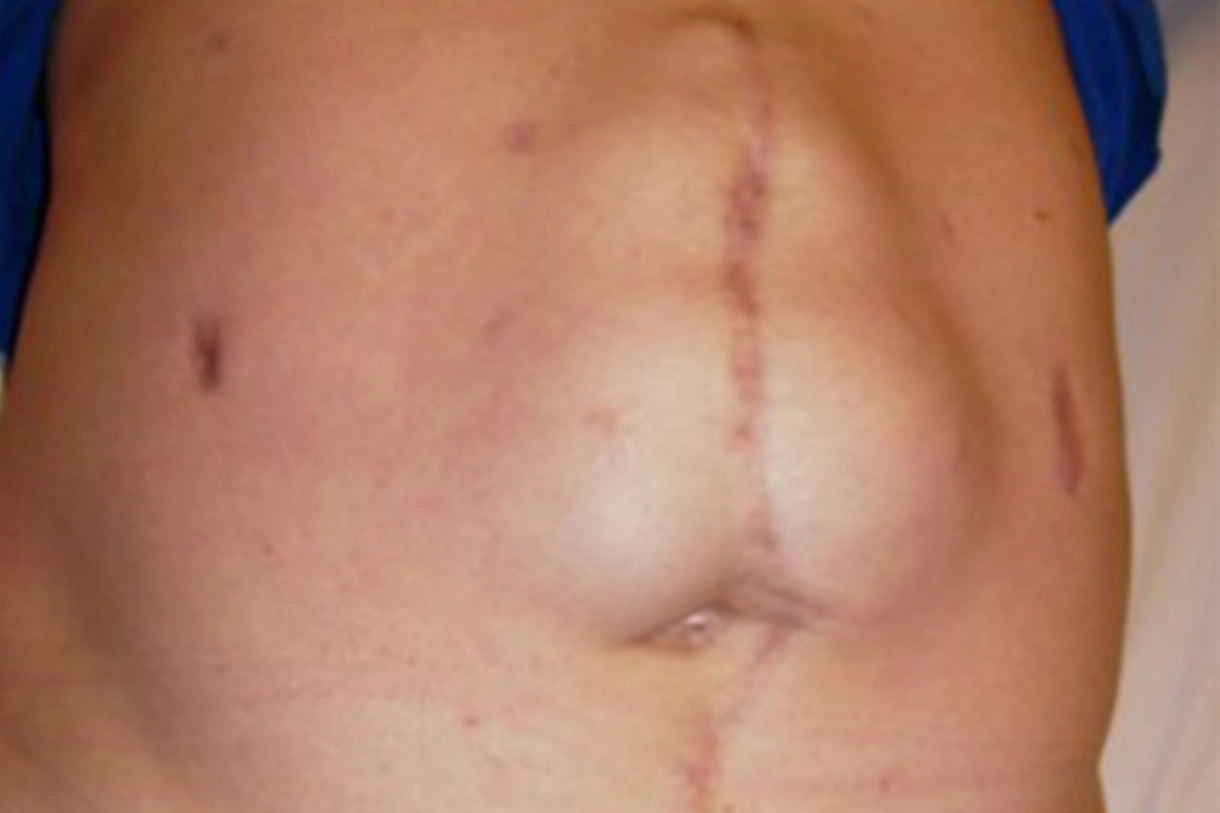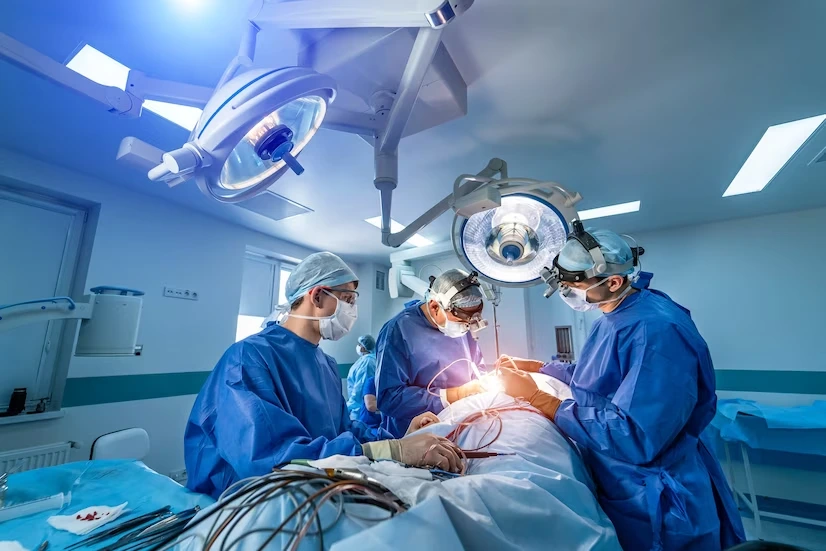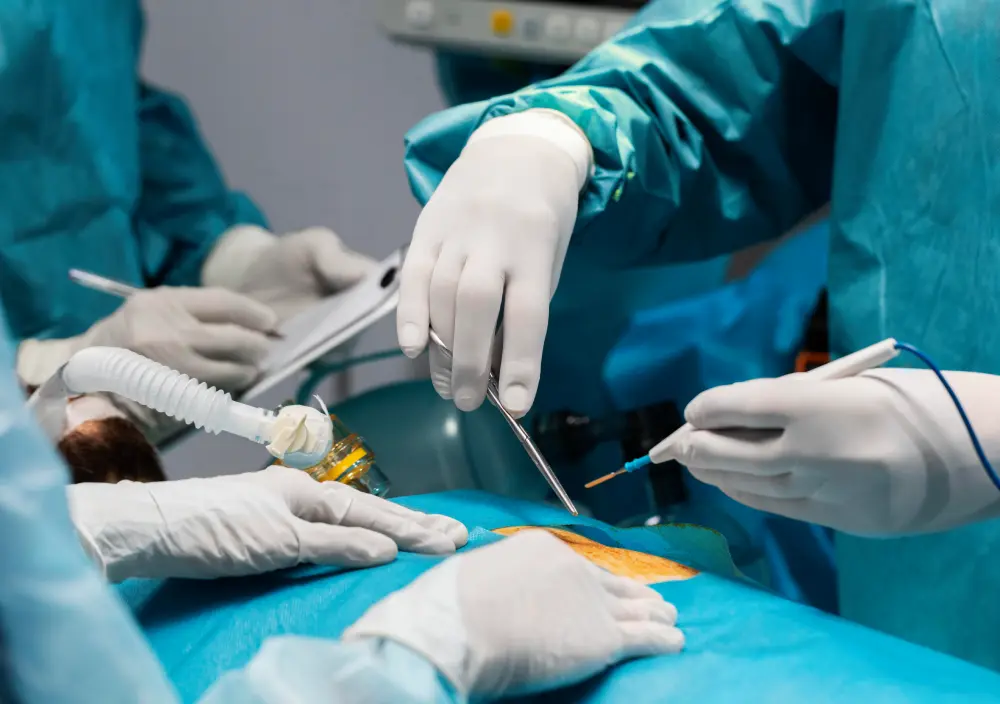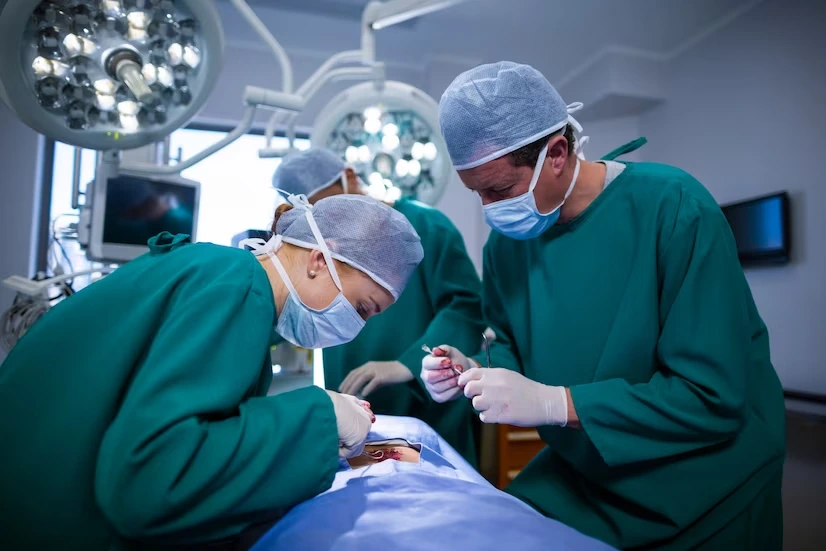Umbilical Hernia
Heal Your Hernia Today!
Heal Your Hernia Today!
About Umbilical Hernia
An umbilical hernia is a condition in which part of the intestine or abdominal fatty tissue protrudes through the abdominal muscles at the site of the umbilicus (belly button). This can create a visible bulge or lump in the area, and may cause discomfort or pain.
umbilical hernias may persist into adulthood or develop later in life due to factors such as obesity, pregnancy, or previous abdominal surgery. In these cases, surgery may be necessary to repair the hernia and prevent complications such as bowel obstruction or strangulation.
If you suspect you has an umbilical hernia, it is important to consult a healthcare provider for diagnosis and treatment recommendations.
Causes and symptoms of Umbilical Hernia
Here are some common causes and symptoms of hernia
Causes
- Weakness in the abdominal wall due to a congenital defect or previous surgery
- Straining during bowel movements, coughing, or lifting heavy objects
- Chronic constipation or diarrhea
- Obesity and poor nutrition
- Pregnancy, which can put pressure on the abdomen and pelvic muscles
- Smoking, which can weaken the connective tissue.

Symptoms

A visible bulge or lump in the affected area

Pain or discomfort in the area, especially when lifting or straining

A feeling of heaviness or pressure in the abdomen

Nausea or vomiting

Acid reflux or heartburn

Difficulty passing stools or urine
If you suspect you have a hernia, it is important to consult a healthcare provider for diagnosis and treatment recommendations. Treatment options may include watchful waiting, lifestyle changes, or surgical repair, depending on the severity of the hernia and other factors.
Treatment for Umbilical Hernia
Surgery
In cases where the hernia does not resolve on its own or causes discomfort or pain, surgery may be necessary to repair the hernia. During the surgery, the protruding tissue is pushed back into the abdomen, and the muscles and connective tissue around the umbilicus are repaired or reinforced with mesh.
The two main types of surgery for umbilical hernia repair are open surgery and laparoscopic surgery:

Open surgery

n this procedure, the surgeon makes an incision near the hernia and pushes the protruding tissue back into the abdominal cavity. The weakened abdominal muscles are then repaired with sutures or a mesh patch. Open surgery is typically performed under general anesthesia and requires a longer recovery time compared to laparoscopic surgery.
Laparoscopic Surgery
In this procedure, the surgeon makes several small incisions in the abdomen and inserts a laparoscope (a thin, flexible tube with a camera) and other specialized instruments to repair the hernia. Laparoscopic surgery is less invasive than open surgery, and patients typically experience less pain, have a shorter hospital stay, and a quicker recovery time. However, not all umbilical hernias can be repaired using laparoscopic surgery, and the procedure may not be suitable for patients with certain medical conditions.

